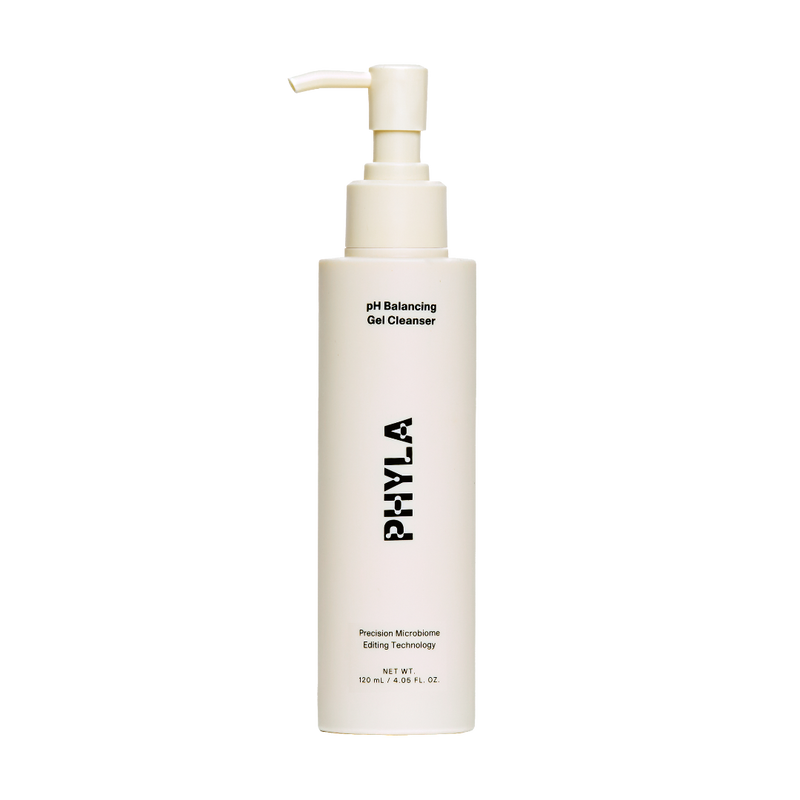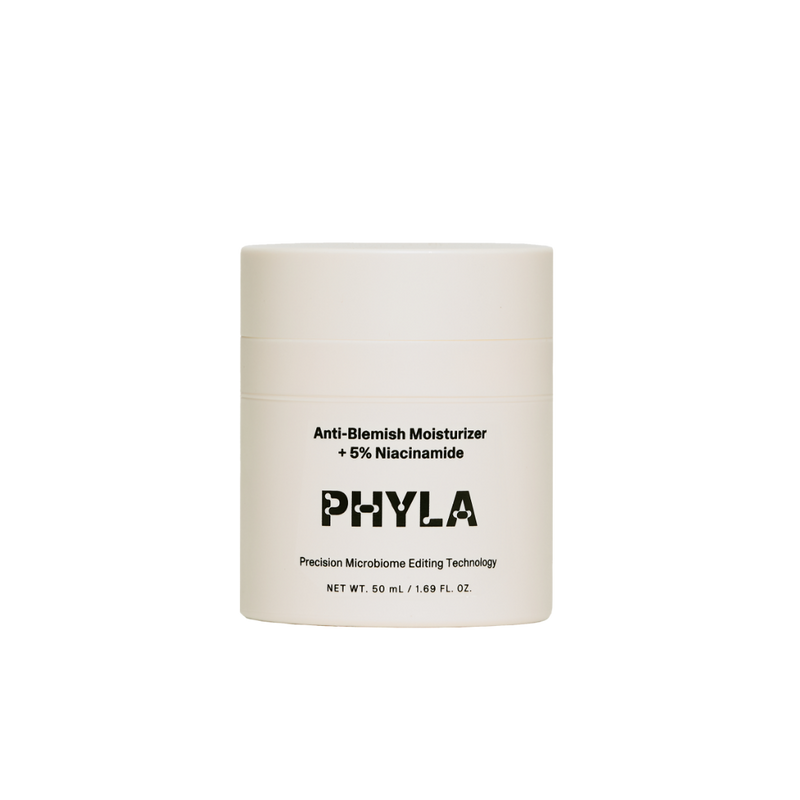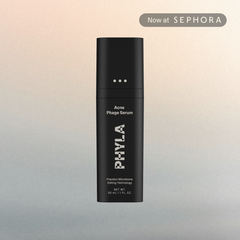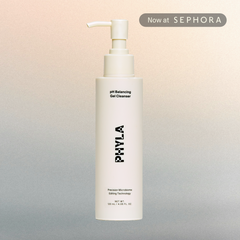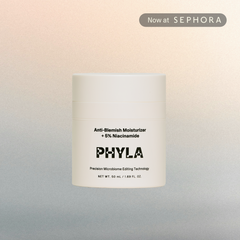Acne is a multifactorial disease, and there are many factors that contribute to its occurrence and severity. We all know that diet, stress, genetics, and hormones can affect acne – we’ve experienced most of these in our life. But these are all secondary factors that support the primary cause of acne, which is the overgrowth of a key bacteria in the ‘oily’ microbiome – Cutibacterium acnes. Confused? Let me explain.
Cutibacterium acnes, or C. acnes, is an anaerobic bacterium that lives deep within the pores of our oily skin. We generally think of our skin as this flat thin layer, but if you zoom in you can see that our skin has pores which are narrow, deep wells. In oily or sebaceous skin, which is your face, upper chest and upper back, each pore has a sebaceous gland that secretes an oily substance into the pore. P. acnes absolutely love this stuff – it is uniquely adapted to feed on this oil. Further, this oil accumulates and tends to block the pore, which seals off the pore from oxygen and gives P. acnes the anaerobic environment it needs to thrive. Due to the unique distribution of sebaceous glands, you can get acne on your face or back, but you’ll never get acne on your leg. (If you think you have acne on your leg, it’s not acne. See a doctor.)
So is C. acnes the enemy? Well, kinda. We’ve known for decades that C. acnes is intimately involved with acne, but for a long time we didn’t know exactly how. You see, every teenager and adult has a considerable amount of C. acnes on their face – it dominates our ‘oily’ microbiome. But obviously, all of us don’t have acne. Also, acne does not correlate with the amount of C. acnes on your skin – healthy skin can have more C. acnes than acne skin. Microbiome research has helped to solve this conundrum, when we discovered that all C. acnes are not made equal – there are many strains of this bacterium, and some strains (classified as ribotypes) are almost perfectly correlated with acne, while others are perfectly correlated with healthy skin. There are also ‘garden variety’ strains, which are present on almost everyone and sort of constitute the background of your microbiome. More importantly, an overgrowth of the bad strains triggers the inflammation that leads to acne, so the key to controlling acne is to keep the population of these bad strains in check.
So… how do those secondary factors figure in acne? Well, it turns out that all those factors – diet, stress, genetics, hormones – are linked to changes in skin chemistry, specifically in ways that affect the food for C. acnes. If you eat too much spicy food, or stress out or exercise in a way that makes you sweat more, you’re just providing more food for this bacteria. Some people are genetically predisposed to have oily skin or large pores, or sweat more – that’s a bacteria buffet. And hormones can change skin chemistry too, which stimulates the sebaceous glands to provide more microbial munchies. You get the idea.
Have more questions about what causes acne? Leave them in the comments for Dr. Yug Varma to answer below!


